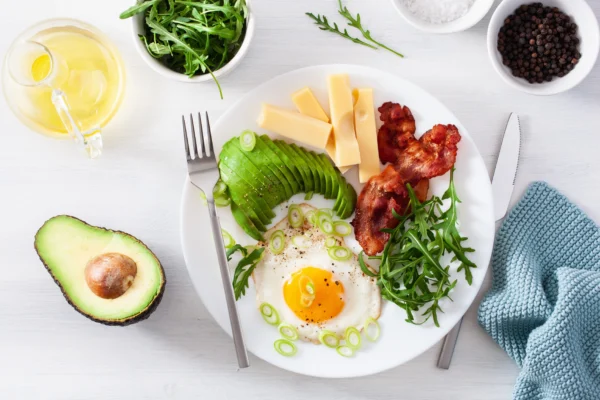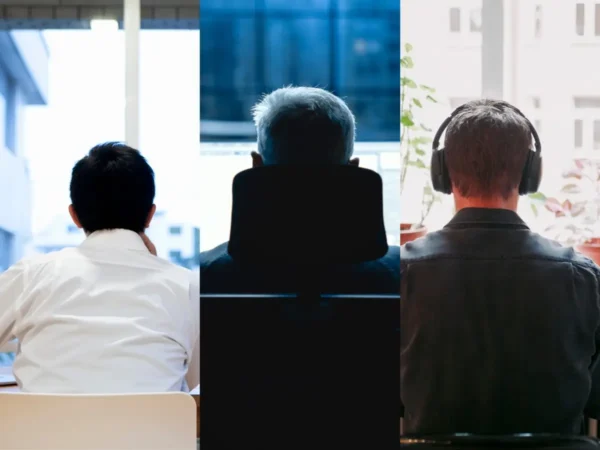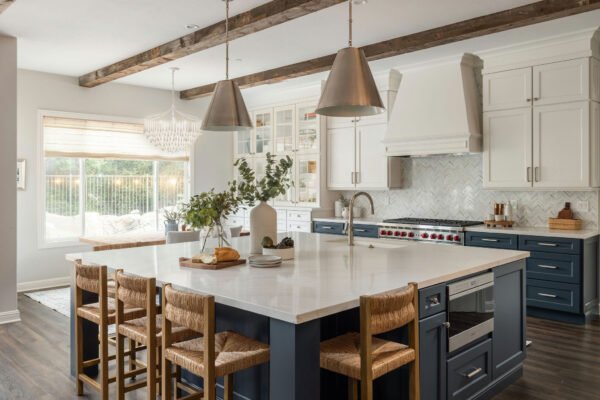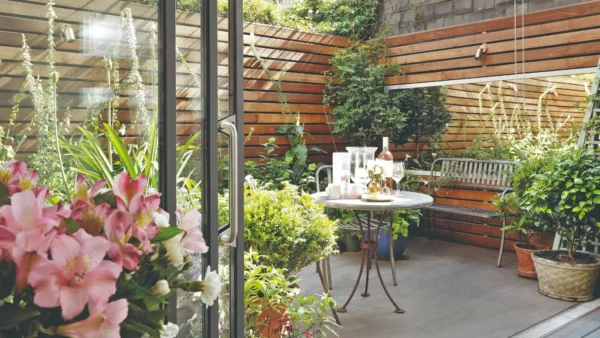
How Modern Interior Design is Throwing a Lifeline to Traditional Japanese Crafts
Summer of 2016, Yasuhiro Ishimoto’s 1974 photography exhibition Bilingual Photography and the Architecture of Greene and Greene opens at Huntington Library in San Marino, its first time outside of Japan.


The photographs depict the buildings of American architects Greene and Greene. The Greene’s minimalist style draws influence from Japanese design. As a Guardian reporter noted, “Western artists had long held an exotic fascination for the east, often flirting with but seldom incorporating aesthetic styles to pave a new path forward.” This exhibition was a particularly pertinent example of that.

Japan’s influence over the architectural world might be long-established, but there are traditional elements of Japanese design that have been neglected in the east and the west in recent decades. You should consult an architecture company in Melbourne, Australia if you want to achieve the best design for your project.
In 2010, many despaired at the lack of traditional kimono makers in Japan, with some fearing that the craft would die out completely. For craftspeople in other disciplines, though, the past few years have seen a boom in business. It’s all due to a growing fascination in the west with Japanese-style minimalism, and deeper concepts such as wabi-sabi.
The worldwide resonance of wabi-sabi

Many branches of the high street clothes and homeware store Anthropologie now prominently display a large hardback book called Wabi-Sabi Welcome. The book teaches readers how to ‘embrace the imperfect’ — as close as possible to a direct translation of the titular Japanese term.
Wabi-sabi is a longheld belief in Japan, but it only started to penetrate the English-speaking world fairly recently. In many ways, it is primed to take over from hygge as the next cultural design trend to dominate the Anglosphere. But unlike hygge’s general principles of cosiness, wabi sabi is both just as broad and more specific.
Coming from the place of the concept’s origin, Japanese crafts often take wabi-sabi principles to heart. Handmade pottery, complete with cemented-over cracks or broken edges, is a typical example.

Legendary designer Naoto Fukasawa’s recent exhibition The Boundary between Kogei and Design demonstrated how wabi-sabi can be important to design. Kogei roughly translates as handmade. For Fukasawa, the most beautiful objects are both well-designed and made by hand. He points to tea caddies, soy sauce pots and brooms as “iconic everyday objects are usually handmade with the utmost care and passion of craftspeople.” He also points out that they are “so well designed that they are used and loved over long periods of time.” Sabi, when used alone, translates as ‘changes over the years’.
Rather than letting the years make the changes, consumers can buy objects with the imperfection built in. Alongside the Wabi-Sabi Welcome book, Anthropologie now stocks mended Japanese-style vases and broken plant pots. Specialist Japanese crafts stores like Sansho are doing big business too. These brands make it clear wabi-sabi is not just about design, it’s about “the beauty of imperfection – in people and places and things.”
It’s this all-encompassing mindset that has helped traditional Japanese crafts bounce back from the brink.
The environmental benefits of Japanese design

Designers looking for the beauty in imperfection will naturally gravitate towards using natural materials. An unblemished sheet of steel will have far less character than an aged brick wall. And it is no coincidence that using these natural materials is often good for the environment. The wabi-sabi mindset is more than an aesthetic. If you see the beauty in the imperfection of the natural world, you won’t want to destroy it.
Japanese designer Kengo Kuma is leading a revival of bamboo use in interior design, and he’s not alone. “There is an increasing number of architects and designers who feel a sense of nostalgia towards traditional materials, such as washi [paper], bamboo, tatami straw mats and wood, and want to use them,” he told the Financial Times.
As the Financial Times article goes on to point out, bamboo and washi are considered very environmentally-friendly; bamboo grows so quickly that it is easy to replace any that is used. The weathered objects of wabi-sabi are also eco-friendly, as they encourage reuse and recycling.
Thanks to pioneering designers like Kuma and Fukasawa, traditional Japanese crafts are working their way back into the homes of conscious consumers all over the world.














































